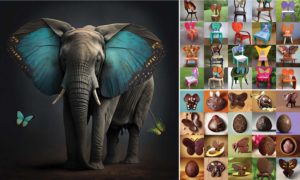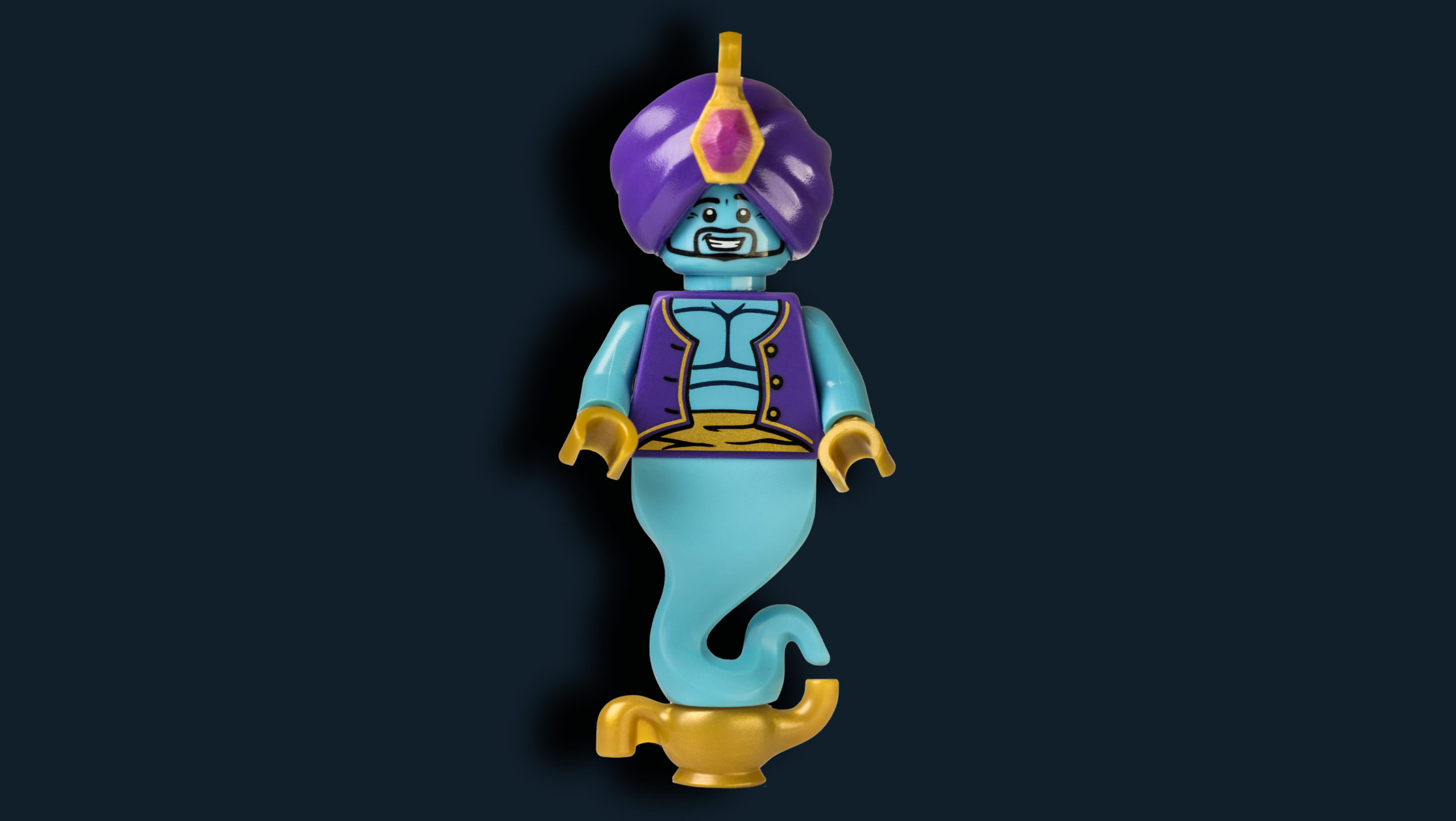“If you are not prepared to be wrong you will never come up with anything original”.
Sir Ken Robinson
This was certainly the case for Thomas Edison who, when inventing the lightbulb, said
“I have not failed, I have just discovered 10,000 ways that won’t work.”
Advocates for GenAI would probably comment they would have got through the 10,000 options and to the final solution quicker – and from a commercial perspective they would have a point.
Sir Ken Robinson was a global authority on creativity, education, and human potential. Celebrated for his transformative TED Talk, “Do Schools Kill Creativity“, he collaborated with world leaders, educators, and organisations to champion the role of creativity in learning and life. He defines creativity as “the process of having original ideas that have value” emphasising it’s a process, not a singular event, and that it can be cultivated and taught. Robinson argues that creativity isn’t limited to artistic fields, but is essential in all areas of life and learning. He also emphasises the importance of critical judgment in evaluating whether what you’re working on is any good.
The importance of creativity and innovation to business
Companies that have creativity and innovation at their core and who are comfortable with collaboration with their creative partners, typically have a competitive advantage. Creative design thinking and problem-solving ignite sparks that can lead to innovative ideas, products and services. Creativity and innovation are the fuel that drives successful organisations forward. Importantly, when done correctly – as Sir Ken Robinson emphasises – critical judgement and evaluation are used, based on experience and specialist sector knowledge.
Creativity on its own can be considered ineffective if there is no logic and reasoning behind it. This is where strategy comes into practice. By applying research, insight and analysis, challenges can be overcome, unlocking new and original ideas that drive innovation. This does not mean there should be a cap on an employee’s creativity, rather to approach a project with reasoning and apply research findings to gear the creative direction of the project.
Creativity and leadership
It is well documented on websites of many revered learning establishments the importance of creativity for effective leadership.
Creativity in leadership provides the ability to innovate actionable ideas and inspire employees and colleagues in the workplace to solve problems individually and as a team. Creative strategies in the workplace can help not only in developing new ideas but also develop new processes and solutions for existing issues.
The LIONS Advisory, State of Creativity Report 2024, highlights “senior leaders of businesses favouring short-term wins over creative leaps” and “leadership defaulting to tried-and-tested options” as barriers to creativity and innovation.
https://www.lionscreativity.com/advisory/state-of-creativity
Drum roll – enter GenAI stage left
The genie is out of the bottle and there seems little chance of it being put back.
There are many things to worry about in the use of GenAI; fake news, polarisation and threatening democracy; deepfake-powered harassment scams; biases and discrimination; computer viruses and cybersecurity attacks; job loss, economic inequality and instability, mental health, addiction and disconnection between people; autonomous weapons; power accumulation and tyranny – but in this article we focus on the impact of GenAI on creativity in business and the creative sector.
https://pauseai.info/risks?gad_source=1&gclid=Cj0KCQjwy46_BhDOARIsAIvmcwMvNV7QgGDhFvWPrtJZjB1tPzrslX60Vfwl9ICstCn5HmXmYu8MqZYaAq27EALw_wcB
With organisations desperate to keep shareholders happy, increase profits, reduce overheads and a develop a competitive advantage, there is no surprise that they are looking at GenAI. It has become increasingly advanced in its ability to produce creative output quicker than humans and at a very low cost of production.
In August 2023 Harvard Business Review published an article sharing ways in which GenAI can augment human creativity. For tasks such as promoting divergent thinking, to challenge expert bias, assist in idea evaluation and support idea refinement.
https://hbr.org/2023/07/how-generative-ai-can-augment-human-creativity

In demonstration of their hypothesis the authors prompted Midjourney to produce an image combining an elephant and a butterfly; they dubbed this creation “phantafly” (left). Then the authors prompted Stable Diffusion to generate designs for chairs and for artisanal chocolates inspired by “phantafly”
While the output looks very real and ‘polished’ is it really that creative and innovative? Is this the same innovative ideas as those of say 15th century artist and inventor Leonardo da Vinci, whose drawings show designs for a helicopter (helical aerial screw), flying machine (ornithopter), tank (armoured fighting vehicle), parachute and robotic knight to mention a few?
Creative firms are adopting GenAI
As the large creative agencies all rush to build their AI practices, doing so requires significant upfront costs which flies in the face of the notion that AI is free, with short term efficiency gains and costs savings. Given the significant investment these agencies have made with model building, training and brand data sorting, any savings will be in the long term. Having made the investment many agencies might now be feeling vulnerable about AI enterprises (Adobe, Nvidia, Google and Microsoft) eating into their client base. Companies such as Adobe with its popular Firefly suite, have positioned themselves as partners to the creative sector while keeping the door open to direct brand relationships.
Coming back to creativity, the question on many lips is, “in a world where creative agencies have access to the same AI tools, how do we achieve differentiation?”
The answer is a human one; agencies have a unique selling point with GenAI that comes from the uniquely talented creatives within their firm. AI doesn’t create advertising. Talented creatives using AI create advertising and this remains an important distinction for agencies in the work they produce.
Creative AI for business
For some time now tools such as Canva, Adobe Express, Invideo, AdCreative, Creatify and many more have been available for use by in-house marketing teams looking to reduce marketing spend and, in some cases, have better control over their creative output.
Whilst doing so may reduce the cost of using creative firms and provide marketing assets with a ‘polished’ look, the danger of using these tools can be a degradation in creative thinking to the overall idea and messaging of the brand. In some cases, having something that on the face of it that looks professional and helps organisations operate, outweighs being distinctive and standing out – have a quick trawl through LinkedIn to see what we mean. It would be interesting to know the number of organisations that measure the impact of this on their brand against the perceived cost saving.
GenAI, authenticity and trust
Much of society is based on trust – our finances shown in a banking App, the news we read, what is posted online.
AI is extremely good at creating convincing communications and images, technology is leveraged to create fake media to create communications that are not real.
Just because you can does not mean you should – brands should carefully consider the use of GenAI and its alignment with their brands in order to retain authenticity.
We would argue that Nissan’s Qashqai “Defy The Limits” advert could fit into this camp. While conceptually showing a car travelling up a tall building and then flying through the air to ‘out smart’ the city may be one way of illustrating the idea of defying the limits, while visually suggesting how it may make you feel, is this authentic to what the vehicle can actually do and make me feel.
Land Rover however, in advertising robustness, a key feature of its Defender model, simply showed the vehicle doing what it is capable of. There was no suggestion of robustness, it was shown in reality.
When it comes to food brands this is equally important – where in the past a food brand, for example, may spend a week photographing real food, some food brands are opting for GenAI generated images at a fraction of the cost of having a photographer actually take photographs of ‘real’ food. The ethics of advertising standards aside – as a customer I am being sold a physical product using an image of something that was never physical.
At the end of the day branding relies on trust and authenticity – if you are in doubt ask Gerald Ratner how quickly his jewellery business declined when customers lost trust in their products.
https://www.theguardian.com/business/2014/aug/22/gerald-ratner-jewellery-total-crap-1992-archive
The future
Everyone has the ability to be creative, but this is a skill that needs to be nurtured and developed like any other skill. If, as Sir Ken Robinson suggested, schools can hinder creativity, what then of a GenAI powered world that is used in our educational places as well as our workplaces? Are we in danger of losing this skill all together? Is it an ever-decreasing circle in which, in the future, creativity will be defined as being able to type a series of prompts into a GenAI programme? Will creativity become an even rarer skill coveted by creative firms and business organisations alike to better leverage GenAI?
In an article on Medium, Abol Frousham suggests that GenAI, due to its programming and linear nature of its processes, is stopped from being truly creative and making the quantum leaps capable in the creative process of humans:
“Our creative process, too, operates in ways that defy algorithmic representation. When we create — whether it’s a poem, a scientific theory, or a solution to a personal problem — we’re not simply following a set of predefined rules. We’re making intuitive leaps, drawing unexpected connections, allowing our subconscious to bubble up insights that our rational mind might never have conceived.”
Creativity should be rewarded, supported and approached with care to help it flourish not only in the workplace but also in society; especially for those who struggle to voice and express their ideas or opinions for fear of being wrong. Educator Sir Ken Robinson spoke about this many times – “Children have capacity to take a chance – if they don’t know they will take a chance and have a go. They are not frightened of being wrong. And by the time they get to be adults, most children have lost that capacity. They have become frightened of being wrong. And we run our companies like this. We stigmatize mistakes.”
Cohesion Design is a creative agency working within the insurance sector. Established in 2003 they have over 35 years knowledge working in the insurance sector.

